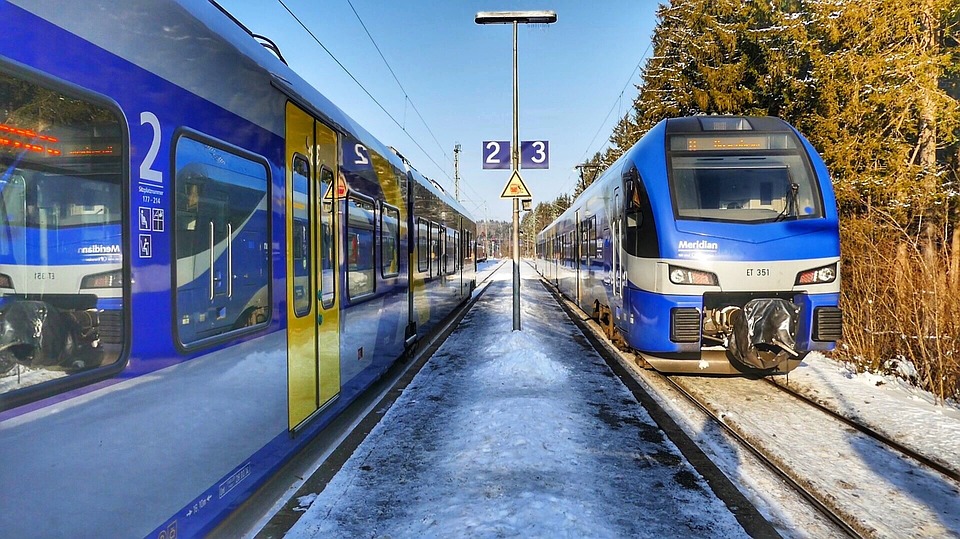Coping with Infertility: Emotional and Physical Support Strategies
Infertility can be one of the most challenging experiences in life for individuals and couples. It can disrupt not only dreams of starting a family but also an individual’s emotional and mental well-being. In this comprehensive guide, we explore various emotional and physical support strategies that can be utilized to cope with infertility.
Understanding Infertility
Infertility is defined as the inability to conceive after one year of unprotected intercourse. For women over 35, this timeframe is reduced to six months. Infertility can arise from a variety of factors:
- Medical Conditions: Conditions like polycystic ovary syndrome (PCOS), endometriosis, and male factor infertility significantly impact the ability to conceive.
- Age: As women age, their fertility declines. Men also experience a gradual decrease in fertility.
- Lifestyle Factors: Smoking, excessive alcohol consumption, poor diet, and obesity can negatively affect fertility.
- Environmental Factors: Exposure to toxins and pollutants may also be linked to fertility issues.
As one navigates the complexities of infertility, both emotional and physical support are crucial.
Emotional Impact of Infertility
The emotional toll of infertility can be overwhelming. Feelings of sadness, anxiety, guilt, and inadequacy are common. Many individuals experience a sense of loss, not only concerning the dream of having a child but also due to the societal pressure often associated with parenthood.
Common Emotional Responses
- Grief and Loss: The inability to conceive can lead to a profound sense of grief over lost opportunities.
- Isolation: Many people feel alone in their struggle with infertility. They may withdraw from social situations, especially those involving children.
- Anger and Frustration: Some may feel anger—at themselves, at their partner, or even at others who successfully conceive.
- Hope and Despair: There may be fleeting moments of hope followed by the despair that can accompany failed attempts or negative pregnancy tests.
Emotional Support Strategies
1. Talk About It
- Find a Support Group: Connecting with others who understand your struggles can be a source of comfort. Support groups create a safe environment for sharing experiences.
- Professional Counseling: Speaking with a licensed therapist who specializes in infertility issues can help individuals process their emotions.
2. Practice Mindfulness and Stress Reduction
- Meditation and Yoga: Incorporating mindfulness practices can help individuals manage stress and maintain emotional balance.
- Journaling: Writing down thoughts and feelings can be a therapeutic outlet.
3. Communicate with Your Partner
- Open Dialogue: It is essential to maintain open communication with your partner about feelings, fears, and expectations. A united front can provide emotional strength.
- Date Nights: Make time for each other away from infertility discussions to foster intimacy and nurture your relationship.
4. Educate Yourself
- Gain Knowledge: Understanding the medical aspects of infertility can empower individuals. Knowledge can help in making informed decisions about treatments and options.
5. Set Realistic Goals
- Short-term Goals: Setting achievable short-term goals can help manage the overwhelming nature of the long infertility journey.
- Celebrate Small Wins: Acknowledge and celebrate small achievements, such as completing a fertility treatment cycle, regardless of the outcome.
Physical Support Strategies
While addressing the emotional impact is crucial, the physical aspects of coping cannot be overlooked. Certain lifestyle changes and self-care practices can significantly improve one’s physical and reproductive health.
Lifestyle Changes
1. Nutrition and Diet
A balanced diet plays a pivotal role in fertility health. Specific foods and nutrients can boost reproductive capabilities.
- Fruits and Vegetables: Aim for a diet rich in fruits and vegetables to increase antioxidant intake.
- Healthy Fats: Incorporate sources of healthy fats, such as avocados and nuts, to support hormone production.
- Whole Grains: Opt for whole grains over refined carbohydrates to maintain stable blood sugar levels.
2. Exercise Regularly
Maintaining a healthy exercise routine can help manage stress and weight. However, it is essential to strike the right balance, as excessive exercise can negatively impact fertility.
- Moderate Exercise: Engage in moderate activities like walking, swimming, or yoga.
- Avoid Overtraining: Listening to your body and avoiding overexertion is crucial for reproductive health.
3. Avoid Harmful Substances
Reducing the intake of harmful substances can positively influence fertility.
- Limit Alcohol: Excessive alcohol consumption has been linked to decreased fertility.
- Quit Smoking: Smoking is known to adversely affect both male and female fertility.
4. Consider Supplements
Consult with a healthcare provider about the possibility of incorporating supplements to enhance fertility, such as folic acid, vitamin D, and omega-3 fatty acids.
Seeking Medical Support
For many couples facing infertility, consulting medical professionals is a necessary step. Here, we outline the different types of treatments available.
- Fertility Testing: This may include blood tests, imaging tests, or semen analysis to diagnose the underlying issue.
- Medication: Various medications can stimulate ovulation or address hormonal imbalances.
- Assisted Reproductive Technologies (ART): Techniques such as In Vitro Fertilization (IVF) or Intrauterine Insemination (IUI) are common in addressing infertility.
- Surgery: Surgical options may be necessary to correct structural issues related to infertility.
Creating a Support Network
Establishing a supportive network of family, friends, and professionals can make navigating infertility less isolating.
- Educate Loved Ones: Offering insights about infertility can help friends and family understand your experience.
- Lean on Family: Don’t hesitate to seek comfort and support from immediate family members.
Conclusion
Coping with infertility is undoubtedly a challenging journey. However, a combination of emotional and physical support strategies can significantly alleviate the burden. By fostering open communication, seeking professional help, making healthy lifestyle choices, and building a supportive community, individuals can navigate this period with hope and resilience. Remember, you are not alone, and there are resources available to help you through every step of this journey.
This guide offers insights into coping strategies, but everyone’s experience is different. As you explore these strategies, focus on what feels right for you and your circumstances, allowing yourself the grace to experience this journey of infertility fully.
References:
- [1] American Society for Reproductive Medicine. (2021). Understanding Infertility.
- [2] National Institute of Child Health and Human Development. (2020). Infertility.
- [3] Fertility and Sterility Journal, (2022). The Role of Lifestyle in Infertility.
- [4] Resolve: The National Infertility Association. (2021). Support and Resources for Infertility.
- [5] Mayo Clinic. (2020). Infertility: Diagnosis and Treatment.
This is just a condensed overview. If you need further exploration on any specific section or more in-depth discussion, let me know!


























Add Comment